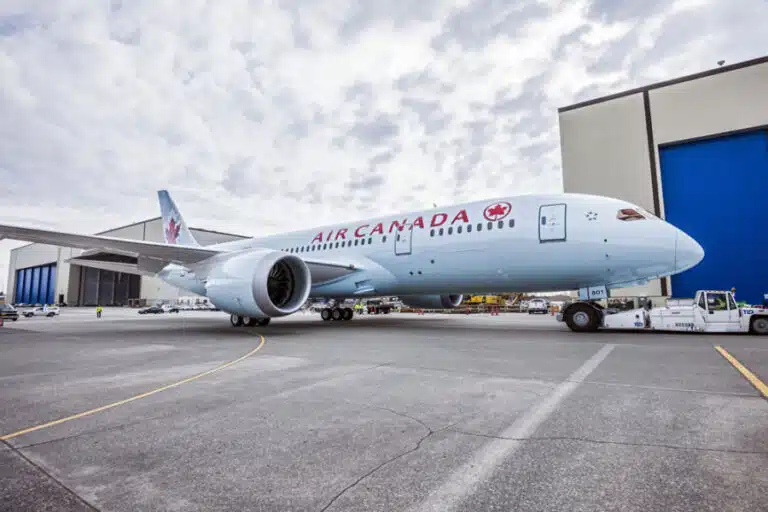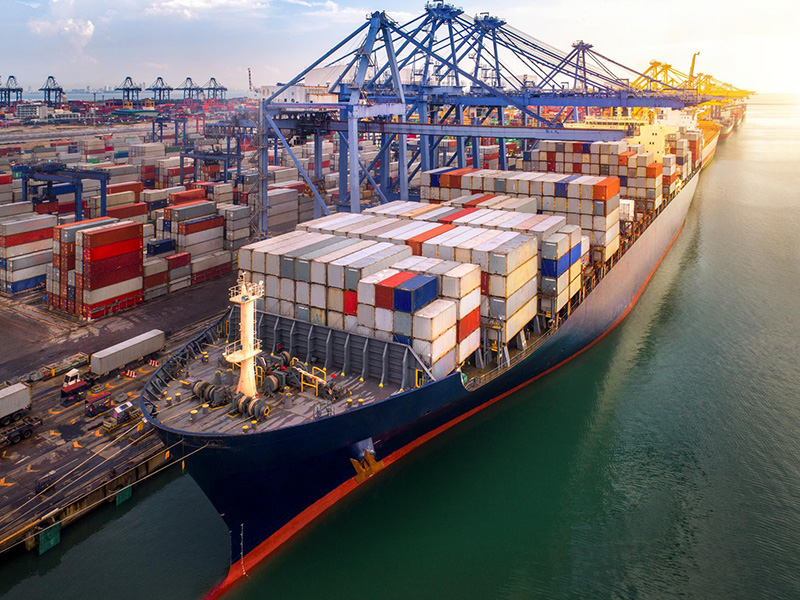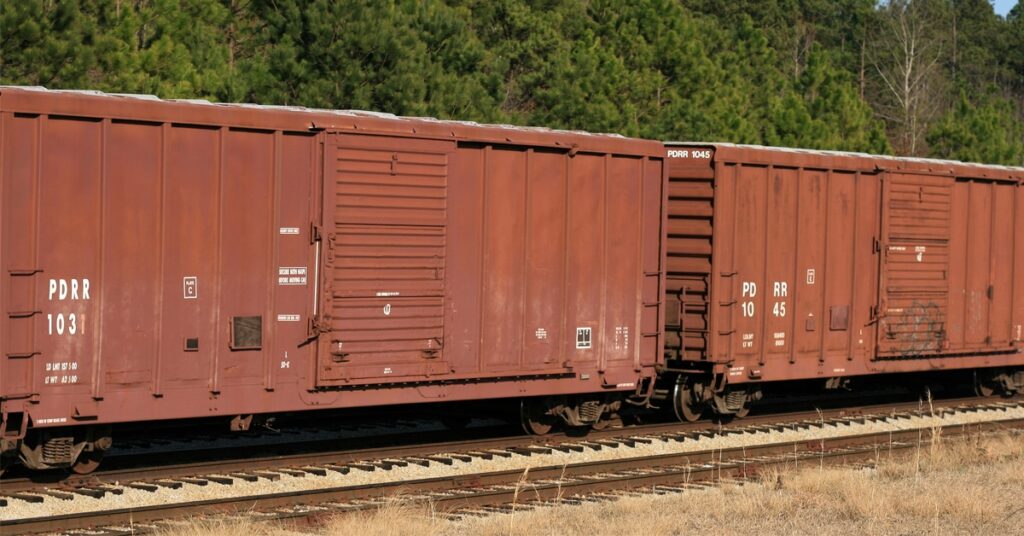- By Della tj
- October 11, 2025
- Air Freight, Shipping
Exporting beauty products across continents demands both speed and precision. With cosmetics air freight China to Europe, brands can ensure freshness, safety, and regulatory compliance while meeting tight delivery schedules. This guide explains routes, costs, documentation, packaging, and real-life cases for optimal choices.
Why Use Air Freight for Cosmetics Shipping?
Many beauty brands prefer air freight for international cosmetics because air transport offers unmatched speed and control over delivery conditions. Since cosmetics—especially skincare, serums, and fragrances—are sensitive to temperature and spoilage, air freight helps preserve product integrity. Moreover, tight retail windows and e-commerce demands make shorter lead times essential.
What Are the Main Export Routes for Cosmetics?
China has many air cargo hubs; top ports include Shanghai (PVG), Guangzhou (CAN), Shenzhen (SZX), and Chengdu (CTU). In Europe, major import gateways are Paris (CDG), Frankfurt (FRA), Amsterdam (AMS), and London (LHR).
| Route | Transit Time | Typical Rate (USD/kg) | Carrier Examples |
|---|---|---|---|
| Guangzhou → Paris | 4–6 days | 6.5 – 8.0 | Air France, China Southern |
| Shanghai → Frankfurt | 5–7 days | 6.2 – 7.5 | Lufthansa, China Eastern |
| Shenzhen → Amsterdam | 5–7 days | 7.0 – 8.2 | KLM, DHL Aviation |
Routes with direct flights or fewer transits often reduce delays and handling risk, which is critical for cosmetics.
How Much Does Cosmetics Air Freight Cost?
Costs vary by weight, volume, and special handling (e.g. DG for flammable ingredients). Below is a sample cost chart:
| Weight (kg) | Estimate (USD/kg) | Transit Time |
|---|---|---|
| 100–300 | 6.50 – 8.50 | 4–6 days |
| 300–600 | 6.00 – 7.50 | 5–7 days |
| 600+ | 5.50 – 7.00 | 5–7 days |
Additional surcharges may include fuel, airport handling, DG packaging, customs clearance, and insurance. Consequently, a 500-kg skincare shipment might cost around USD 3,100 to USD 3,750 all-inclusive.
What Documents Are Required for Cosmetics Exports?
Regulatory compliance is crucial for customs clearance. Required documents include:
| Document | Purpose |
|---|---|
| Commercial Invoice | Declares product value and origin |
| Packing List | Confirms contents, weights, dimensions |
| Air Waybill (AWB) | Transport contract and tracking |
| MSDS / SDS | Safety details for chemical ingredients |
| Certificate of Origin | Verifies manufacturing country |
| Cosmetic Safety Report | Required under EU regulation |
Absent or inaccurate documentation may cause delays, fines, or rejection of shipment by EU customs.
How to Package Cosmetics for Air Transport
Proper packaging protects goods and ensures regulatory compliance. Key tips include:
- Use sealed, leak-proof inner containers
- Include absorbent material between bottles
- Apply outer cartons with DG labels if required
- Use insulation for heat-sensitive formulas
- Mark batch numbers, expiration dates, and ingredients
Additionally, maintain packaging weight <25 kg per box for easier handling and fewer surcharges.
Case Studies: Real Cosmetics Shipments from China to Europe
Case 1: Perfume Export — Guangzhou to Paris
- Cargo: 1,200 bottles (1.2 m³)
- Mode: DG air freight
- Transit time: 5 days
- Cost: USD 7,200 (USD 6.0/kg)
- Outcome: Customs cleared in 10 hours using pre-filed documents
Case 2: Skincare Shipment — Shanghai to Frankfurt
- Cargo: 800 units (2,400 kg)
- Mode: Standard air freight
- Transit time: 4 days
- Cost: USD 15,000 (USD 6.25/kg)
- Outcome: Delivered to EU warehouse with zero spoilage
What Are Pros and Cons of Air vs Sea vs Rail for Cosmetics?
| Option | Pros | Cons |
|---|---|---|
| Air Freight | Speed, quality control, DG handling | Higher cost per kg |
| Sea Freight | Cheapest for bulk, high volume | Long transit, higher risk of damage |
| Rail Freight | Moderate cost, decent speed | Limited network for cosmetics, fewer direct options |
For luxury or fresh cosmetic lines, air freight often justifies its cost through reduced inventory risk and faster inventory turnover.
Should You Use a Specialized Freight Forwarder?
Selecting a freight forwarder specialized in cosmetic exports ensures better compliance, packaging, and regulatory support. Look for:
- Experience with cosmetics air freight China to Europe
- DG certification and temperature-controlled logistics
- Real-time tracking and customs brokerage
- Transparent pricing and service levels
Such partners reduce risk, speed customs clearance, and improve reliability across your supply chain.
Conclusion
Efficient export of beauty products demands strategic logistics. When speed, quality, and brand reputation matter, cosmetics air freight China to Europe becomes the optimal solution. Though more expensive than sea or rail, the benefits in freshness, reliability, and market responsiveness make it worthwhile. With proper packaging, compliant documentation, and experienced partners, your cosmetics will reach EU shelves safely and on time.
- Consult TJ China Freight Forwarding for the lowest quote. They will provide you with reliable, cost-effective service.
FAQ:
Q1.How much does cosmetics air freight from China to Europe cost?
Typical rates range USD 5–8 per kilogram, depending on volume, route, and whether DG handling is required.
Q2.Can perfumes be shipped by air freight from China to Europe?
Yes, perfumes containing alcohol are DG goods and need proper packaging and certification for air transport.
Q3.What documents are required to import cosmetics into EU?
You need a commercial invoice, packing list, MSDS, AWB, safety report, and cosmetic registration documents.
Q4.How long does it take to ship cosmetics by air?
Transit time usually spans 3–7 days from China to an EU destination, depending on carrier and airport.
Q5.Are there EU restrictions for certain cosmetic ingredients?
Yes, banned substances listed under EC 1223/2009 must not exceed allowed limits per EU cosmetic regulation.




